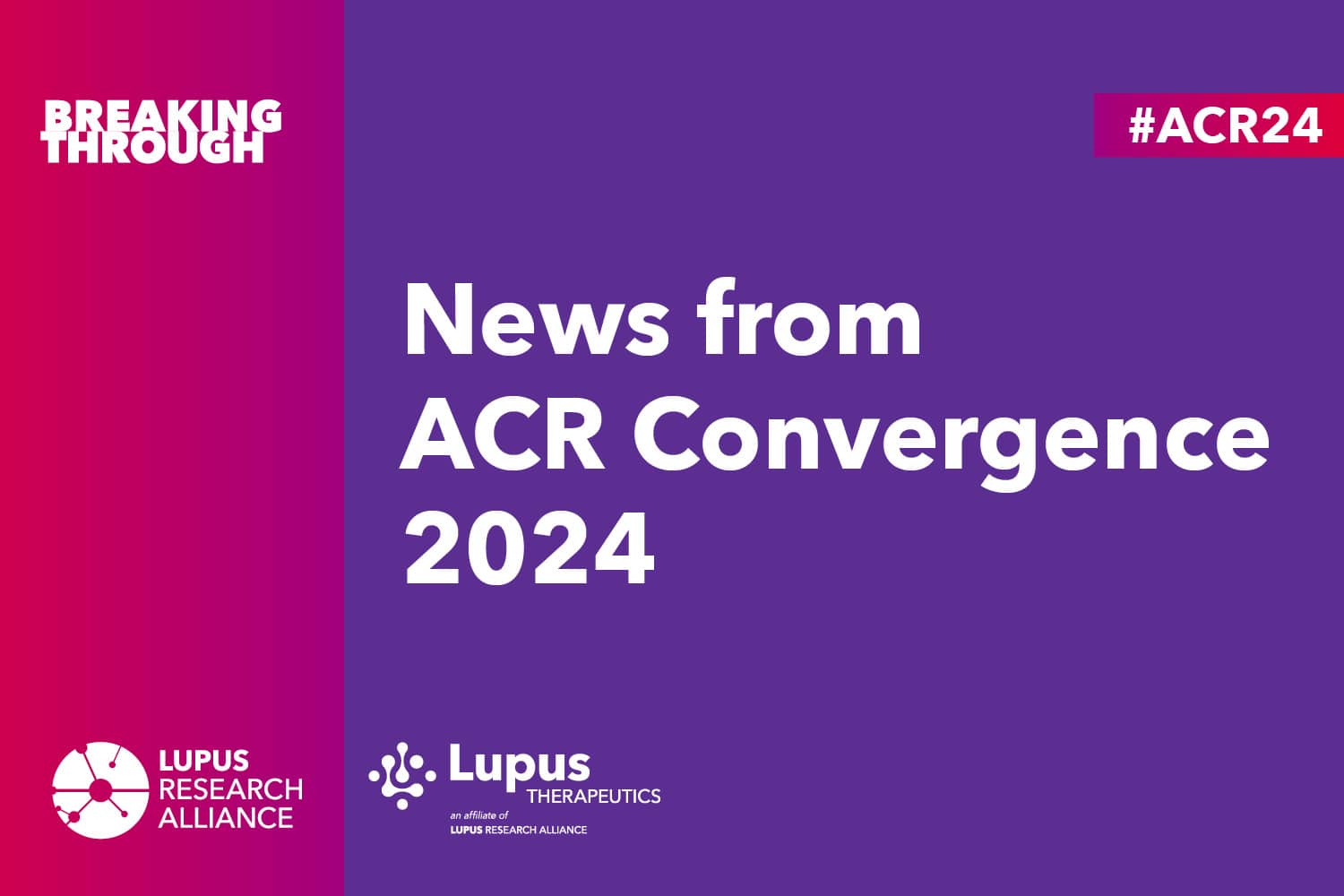LRA Partnering with NIH, FNIH and Others on Groundbreaking Initiative

LRA Partnering with NIH, FNIH and Others on Groundbreaking Initiative
December 9, 2021
The Lupus Research Alliance (LRA) is proud and excited to partner again with the National Institutes of Health (NIH), the Foundation for the National Institutes of Health (FNIH), and others on a new program – Accelerating Medicines Partnership® Autoimmune and Immune-Mediated Diseases (AMP® AIM) – that will apply new cutting-edge tools to track how cell-to-cell interactions trigger specific disease mechanisms, abnormal function, and tissue injury. The new initiative’s powerful integration of knowledge across tissues, systems, and diseases will accelerate the identification of new targets in causative disease pathways for drug development. This initiative is the next phase in a highly successful partnership called the AMP® Rheumatoid Arthritis/Systemic Lupus Erythematosus (RA/SLE) Program created seven years ago by the FNIH, NIH, pharmaceutical companies, the LRA, and patient advocacy groups. The AMP RA/SLE Program pioneered a model to dissect how lupus and RA occur at the individual cell level, which is allowing researchers to pinpoint promising targets for drug
As a member of the AMP AIM Steering Committee, the LRA looks forward to helping guide this important initiative.
“The Lupus Research Alliance is proud to be part of AMP AIM which will enable unprecedented disease characterization and novel target identification for lupus and related diseases,” commented LRA Chief Scientific Officer Dr. Teodora Staeva. “This important program builds on the pioneering discoveries of AMP RA/SLE and will provide further insights into disease mechanisms as well as critical clinical data sets and research tools to accelerate the development of novel therapies for individuals with lupus.”
This initiative is the next phase in a highly successful partnership called the AMP® Rheumatoid Arthritis/Systemic Lupus Erythematosus (RA/SLE) Program created seven years ago by the FNIH, NIH, pharmaceutical companies, the LRA, and patient advocacy groups. The AMP RA/SLE Program pioneered a model to dissect how lupus and RA occur at the individual cell level, which is allowing researchers to pinpoint promising targets for drug development.
Click here for press release from the FNIH.
Click here for letter from the Director of NIAMS, an Institute within the NIH



